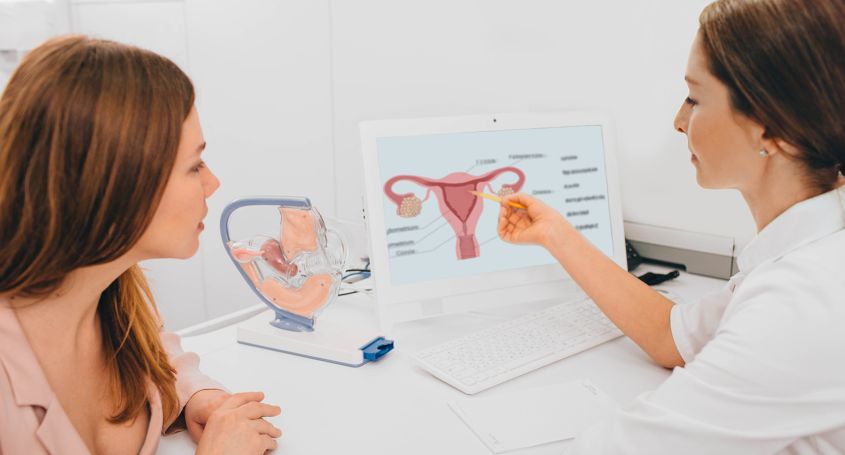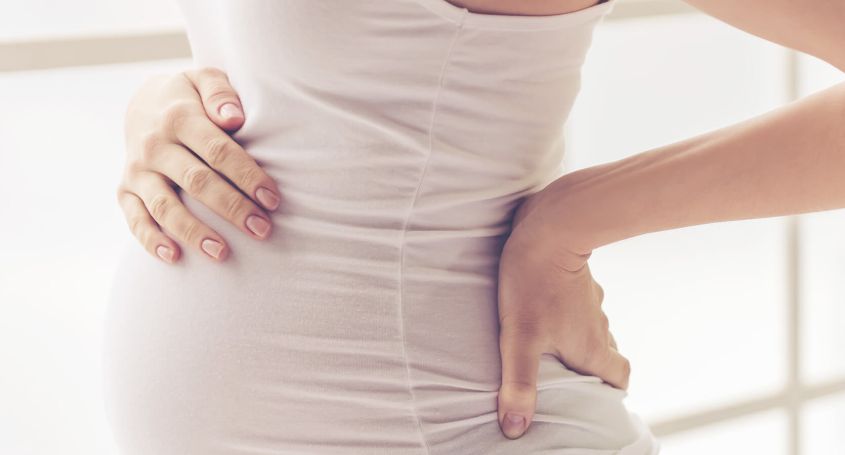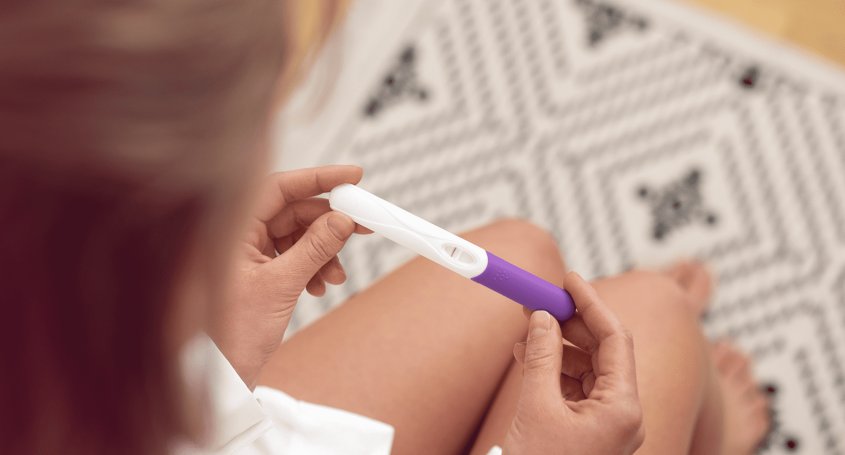Uterine fibroids are tumours, normally benign, that develop in the muscular layer of the uterus (myometrium). It is estimated that up to 20% of women may develop fibroids during their lifetime.
Although most fibroids do not affect fertility, some can alter the shape of the uterine cavity and hinder embryo implantation and affect its proper development.
Types of fibroids
Fibroids are classified according to where they are located and their direction of growth. According to these criteria, they can be:
- Subserous: These are the most common fibroids. They grow towards the abdominal cavity and are usually asymptomatic.
- Intramural: Their growth is intramyometrial, that is they remain within the myometrium. Their main effect is to increase the size of the uterus.
- Submucosal: This type of tumour grows towards the uterine cavity. They are the least common type of fibroid, but the ones that cause the most symptoms, as they increase menstrual bleeding and can cause iron deficiency anaemia.
In addition to this classification, depending on their morphology, fibroids can be pedunculated, i.e., attached to the uterus by a thin stalk, or sessile, when they have no stalk.
Main symptoms of fibroids
In many cases, fibroids are asymptomatic and are diagnosed during routine gynaecological check-ups. However, depending on their location, their size and their direction of growth, they can cause:
- Metrorrhagia: bleeding between periods.
- Menorrhagia and dysmenorrhoea: longer, heavier, and more painful periods.
- Dyspareunia: painful sexual intercourse.
- Pelvic pain and abdominal swelling.
- Feeling of pressure: on the bladder and rectum.
- Increased urinary frequency.
- Iron-deficiency anaemia.
How are fibroids diagnosed?
They are usually diagnosed through physical palpation or ultrasound. In addition, more complex techniques such as hysteroscopy, laparoscopy, magnetic resonance imaging or computerized axial tomography scan (CAT) can be used to confirm the diagnosis and rule out other types of alterations.
Treatment of fibroids
The treatment of fibroids will depend on its type and its size, as well as the characteristics of the patient, her age, and her desire to become a mother.
Small fibroids that do not present associated symptoms do not need to be treated, only monitored.
There are two types of approach to the treatment of fibroids:
1. Non-invasive treatments
The most used are anti-inflammatory treatments to control pain, as well as hormonal treatments, such as contraceptives and gonadotropin agonists to improve symptoms.
2. Non-invasive treatments
When non-invasive treatments fail to control the symptoms, surgical approaches are used to eliminate the fibroids, such as uterine artery embolization, myomectomy and hysterectomy.
Relationship between fibroids and fertility
The existence of uterine fibroids does not always prevent pregnancy, even naturally.
The fibroids that most affect fertility are the submucosal and intramural ones, as their growth directly affects the uterine cavity. An irregular uterine cavity is linked to implantation failure and recurrent miscarriage. It has also been observed that fibroids can compress the fallopian tubes, which can hinder fertilisation.
The management of uterine fibroids must be individualised and must consider not only the size and location of the tumour, but also the patient's symptoms and reproductive desire. Thanks to advances in diagnosis and treatment, it is possible to address this condition effectively and preserve quality of life and, in many cases, fertility. For this reason, it is important to have an adequate medical evaluation that can ensure the best therapeutic strategy based on the individual needs of the patient.
Dr. Cristina Guix
Gynecologist specialized in fertility at Barcelona IVF





















